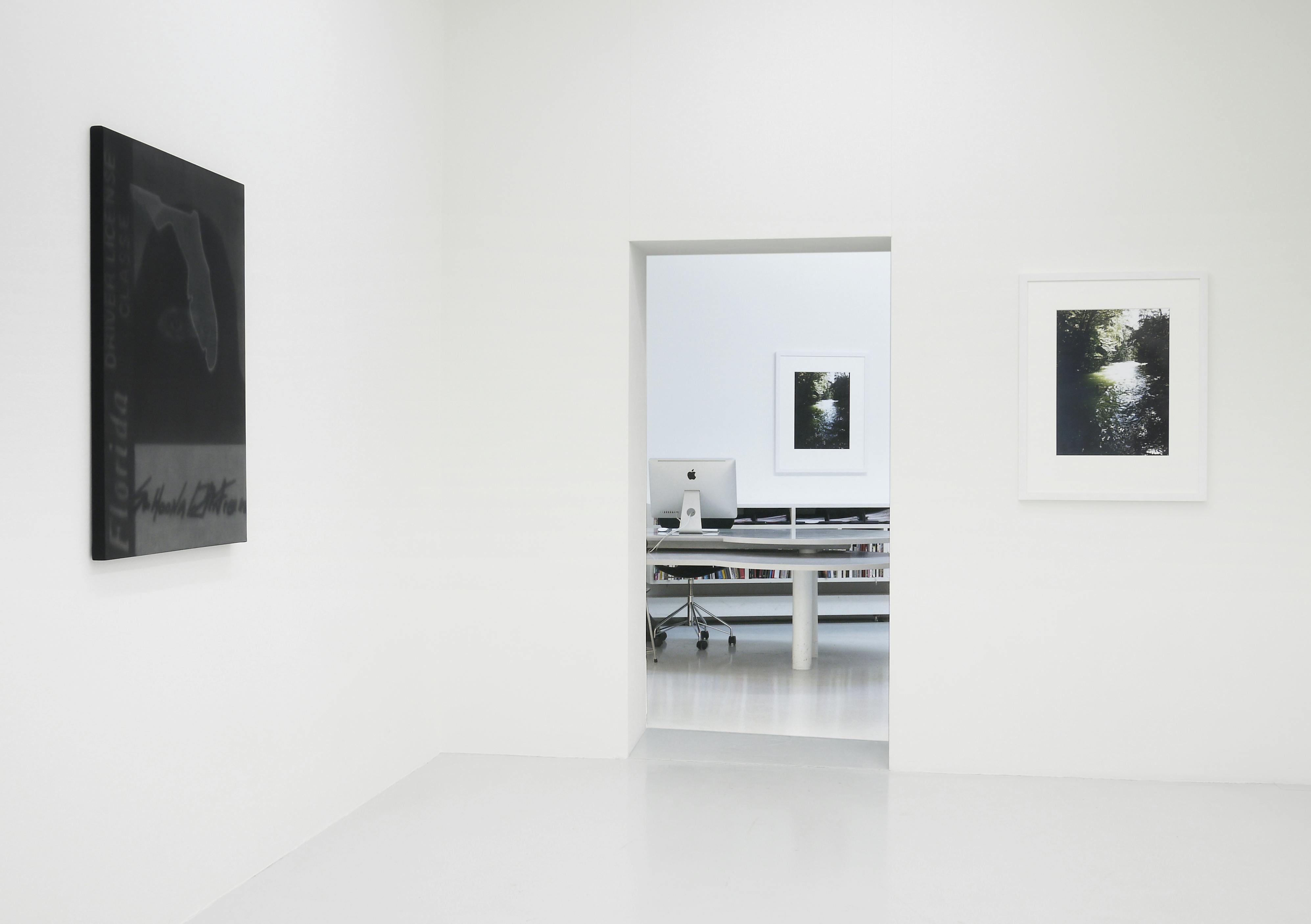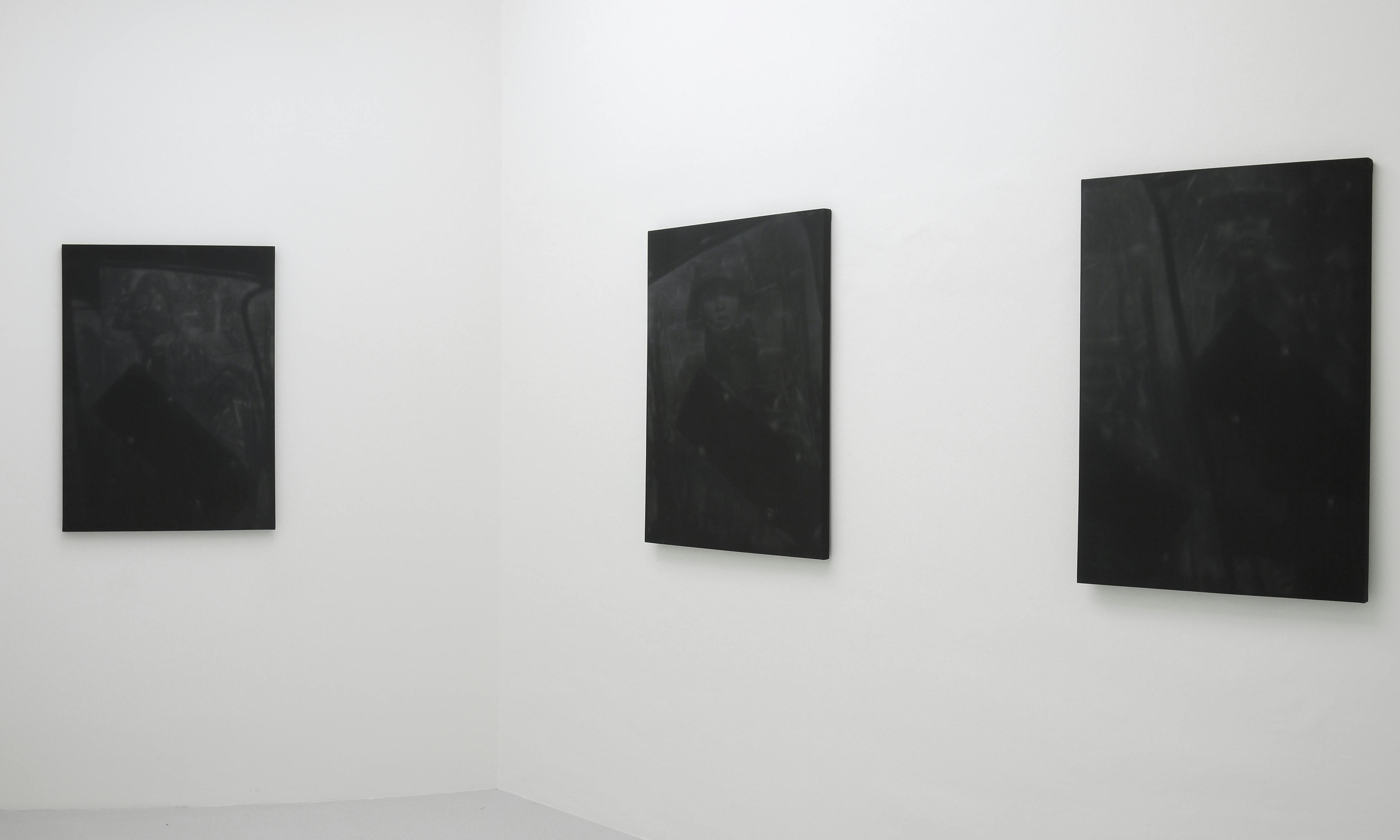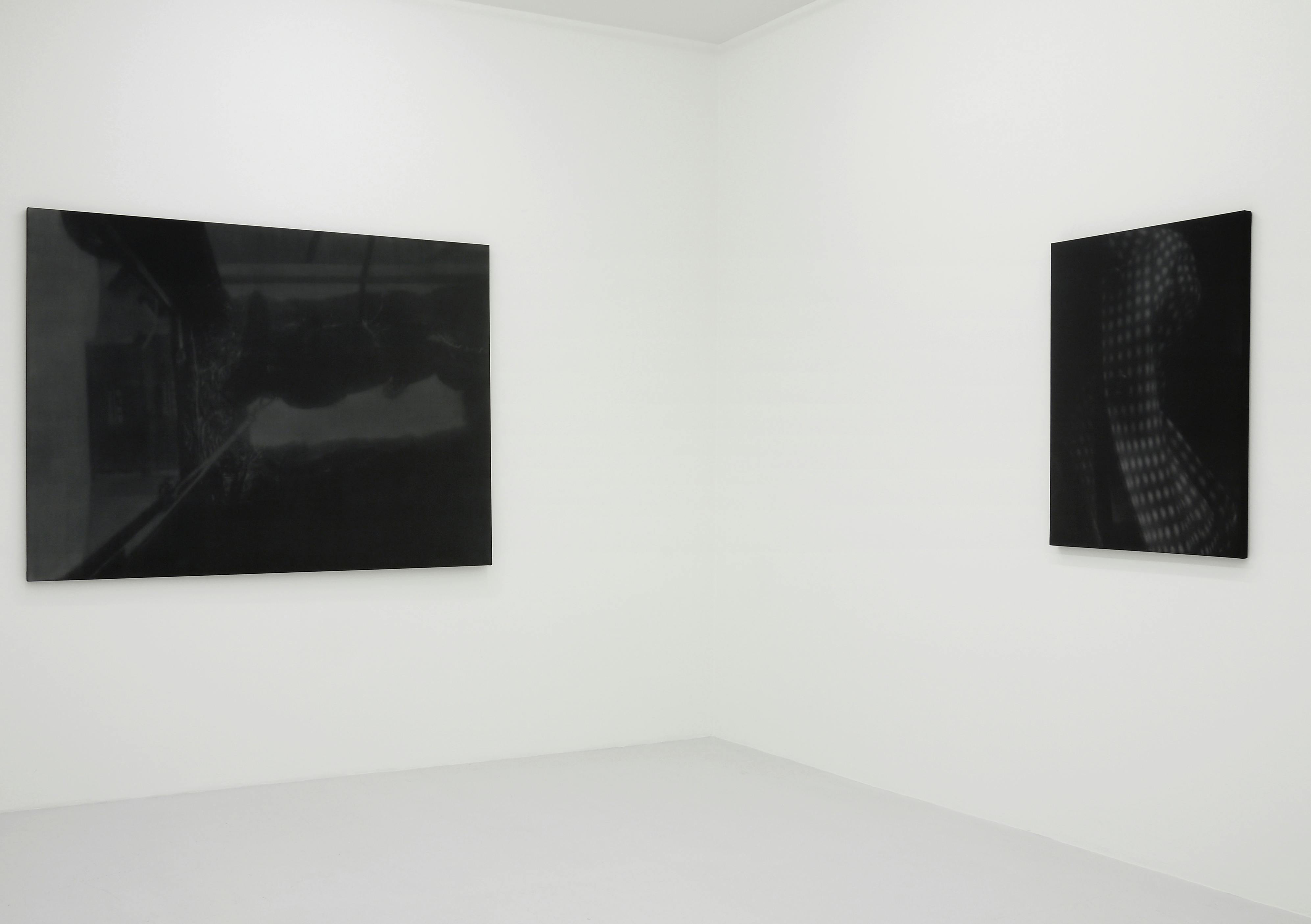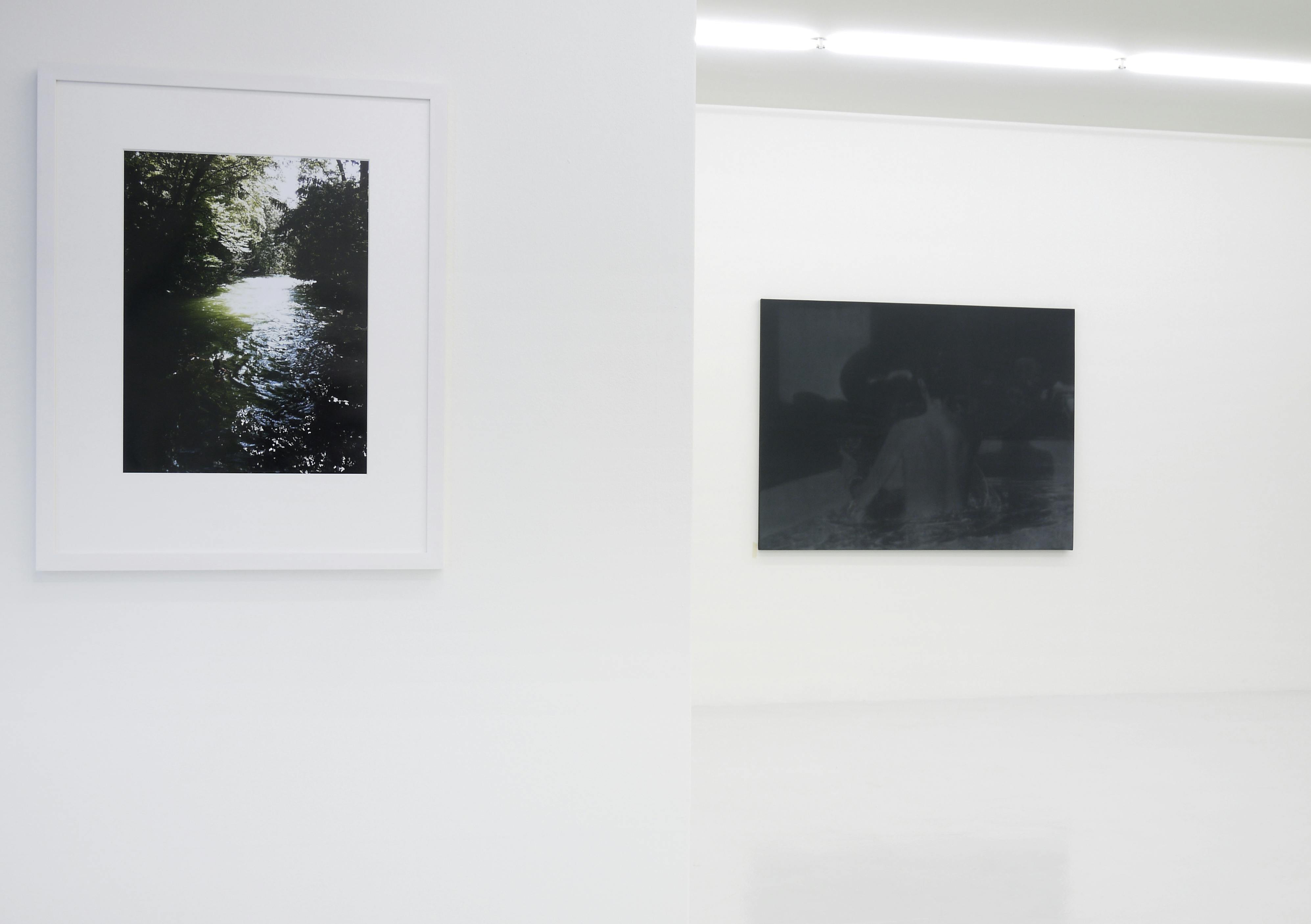We are pleased to present new works by Troy Brauntuch (*1954 in Jersey City, New Jersey; lives and works in Austin, Texas and New York). Brauntuch is regularly represented in national and international institutions and galleries, for instance, in “The Pictures Generation, 1974-1984,” on view at the Metropolitan Museum of Art, New York in 2009. Alongside such artists as Jack Goldstein, Matt Mullican, Cindy Sherman, David Salle, and Robert Longo, Troy Brauntuch is one of the leading exponents of the pictures generation that figured prominently in American art in the late 70s and early 80s. Many of these artists studied with John Baldessari at CalArts in Los Angeles. They used material from films, newspapers, journals, and magazines, recycling their found motifs into re-photographs. Their deconstructivist methods fed into their ideological critique of the mechanics of seduction without undermining the compelling impact of the pictures themselves — precisely because the production and reception of pictures were recognized as ideological constructs.
Troy Brauntuch cuts up or crops the pictures he has sourced elsewhere. Eerily vague remains of an event are seen against a dark background, his preferred method being to transfer the cropped images to black cotton fabric using white Conté crayons. The works often look like a combination of painting and photography and at first sight one might assume they are dark-toned monochrome pictures. Gradually, on closer study, one can distinguish specific motifs as they emerge out of a spectrum of grays in the almost velvety black picture ground: a woman wearing niqab, her face seen underneath a transparent map of Florida; a window display of variously arranged gloves; soldiers in close combat; or an elegant, black-and-white dotted coat. Except for works that reference violence or stills from thrillers, most of Brauntuch’s pictures — especially the photographs — are unspectacular and slow to reveal their surprisingly mysterious and at times understated subject matter. Having chosen to devote himself to the visual arts, the artist simultaneously draws attention to what a picture does not contain, thereby destabilizing the relationship between pictures and their alleged meaning. He accentuates that relationship by switching back and forth between personal photographs and found images that have been made public. He makes his subject matter seem familiar and impenetrable at once. The shadowy appearance of his scenes indicates that they have not yet stepped over the threshold into being, or, perhaps, that they have yet to take distinct shape. In any case, it often takes a while to distinguish what what we see on the picture surface. Ultimately, Brauntuch is therefore also contributing to the deceleration of our rampant, headlong visual consumption. (Text: Dominique von Burg)











